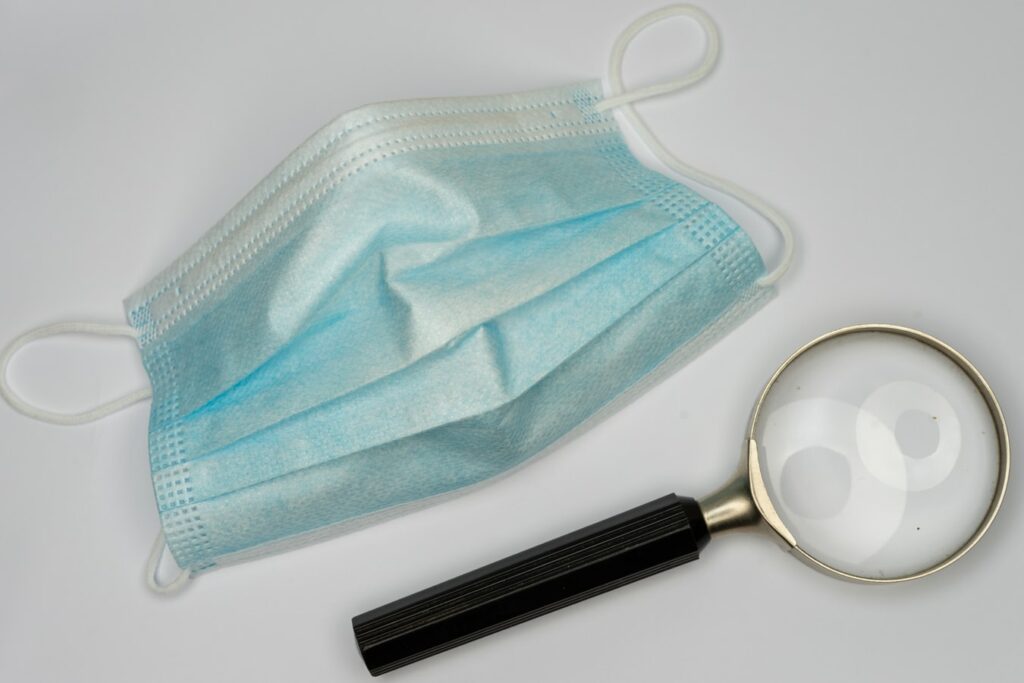Amanda’s project was connected to her class’s unit on the respiratory system. She hadn’t planned on doing this project at the time but the students were very inspired by this video. Students brainstormed and created their own questions. The video above was the inspiration for their inquiry.

When Amanda started this inquiry project she thought students would see the connections between the Polio pandemic and the current pandemic especially in relation to children’s experiences (not being able to see other children, trapped inside a lot, lots of restrictions etc.). Instead most students were quite interested in either how an iron lung worked or looking further at Polio itself. Amanda and her class did some brainstorming to create their own questions, students talked about different kinds of questions and they were able to create their own topics. They had to take notes of their research with links to sources used and use a minimum of 3 sources, but how they presented their information was left open. This was done in a grade 6 class and a grade 6/7 class. Amanda found that each class had different classroom dynamics and the grade 6 class was much more engaged with their projects. A majority of students from both classes only wanted to create slideshows but a couple in the grade 6 class created a model or poster (tri fold board).
I loved that this project really allowed students to surprise me.
Amanda Straker
Some of Amanda’s students struggle with behaviour and staying on task, but she was really surprised at the quality of work she received from unexpected places. This caused her to reflect on some of her own bias as a teacher and her expectations for what students can do. Amanda also did have some expectations that students would connect their projects more with the current pandemic but she enjoyed seeing the variety of questions that came up such as: Can doctors build a better iron lung? Can animals contract Polio? What was the Polio epidemic and how was it minimized?
Challenges:
Motivating students. One class was much easier to motivate than the other. The grade 6/7 class really struggled with having topic choice and freedom to represent their learning. Amanda also struggled with students putting their question into google then copy and pasting the first quote that came up and not truly reading and understanding what they were putting in their projects.
Demonstrations of Learning:
The students presented their project to the whole class. How they presented their information was left open. A majority of students from both classes created slideshows but a couple in the grade 6 class made a model or poster.
Bridging Face-to-Face and Online Learning:
This project lends itself well to face-to-face and online learning. The project was introduced through a video which students could access from home. Students could research at home using the links provided and present their projects through video conferencing.
